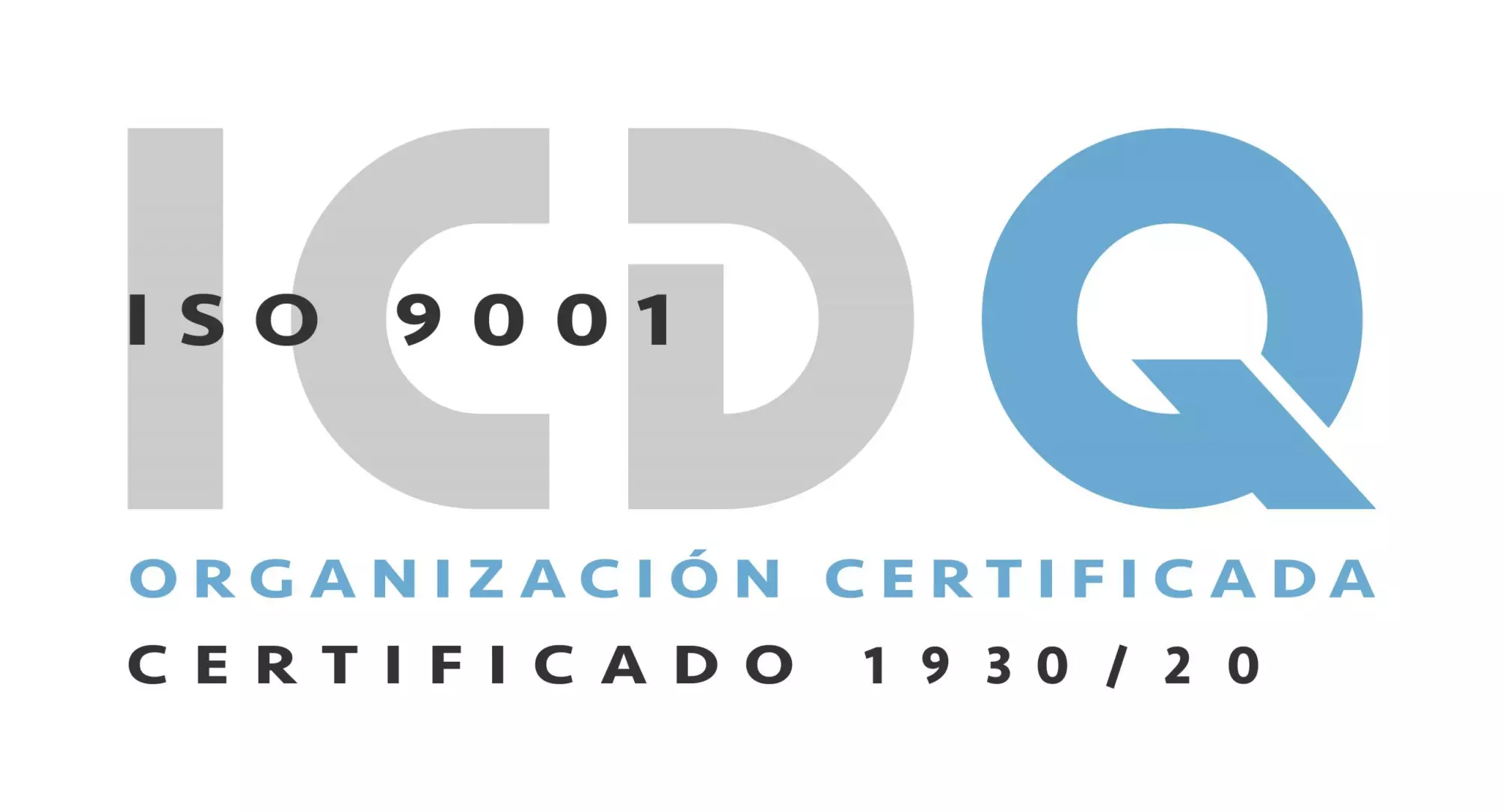In recent months there have been rivers of ink trying to explain, from different areas, the importance of maintaining the motivation, engagement, and productivity of teleworkers. It seems, according to the data, that for some months these KPI’s were not very affected, and the companies relaxed, after the initial tension.
With the entry into the last quarter of the year and the need to make decisions for 2022, nerves have been unleashed again… Are we returning to the workplace? All? In turns? 100% of the time? Are we still teleworking at least 20% of the day? Better 40%, or 60%?
The answer in most cases has been, as so many times, to throw down the street in the middle. “Not for you, not forme” that would say that one, and thus the term hybrid workwasborn. At first glance it may seem the easiest. But if it is analyzed it may be the most complicated option. Thus, the proposal of IN2 is to rely on technology and, starting from “analog” KPIs, transform them into state-of-the-art indicators that positively impact the well-being of hybrid employees.
- Motivation. Feeling part of an organization is a motivating element. Therefore, the feeling of isolation in teleworking produces the loss of the sense of belonging to the organization and the staff becomes demotivated. Use virtual communication tools that keep the employee united to the organization; organizing social video meetings and organizing internal online events for teams to interact with helps prevent loss of motivation.
- Conciliation. Companies had been working for years with policies such as flexible hours that facilitated the balance of professional, personal and family life of employees. The lack of digital skills and a clear model of digital disconnection, causes the invasion of teleworking from the private sphere. An online time manager, with information on the organization of meetings and working times, with clear and transparent information puts an end to this situation.
- Emotional well-being. One of the objectives of HR is to achieve a model of organization of times and workspaces that avoids stress. The technological complexity of the hybrid environment with the use of APPs, the cloud etc., causes added stress among users. The objective of HR should be to reduce technological complexity by unifying and simplifying systems and thus avoiding the increase in technological gap and digital illiteracy.
- Trust. It is the basis of management models by objectives. Part of that trust was generated through the face-to-face that is lost in the hybrid world. The answer is to use the technology at our disposal to maintain the connection with the equipment. Real-time management of internal news, information of interest related to the progress of projects or issues related to the organization, is possible through internal chats and news channels, among other tools.
- Productivity. Unwanted turnover and absenteeism are brakes on productivity. Hybrid work opens up the possibility of breaking down silos and working with people anywhere in a way that attracts the best talent to the organization, wherever they are. Having tools that facilitate the integration into teams of people from all over the world is a challenge and the opportunity to contribute to improving the results of the organization.
¿Are you interested in it?
¡Register and attend our webinar!
By Marisa Cruzado









